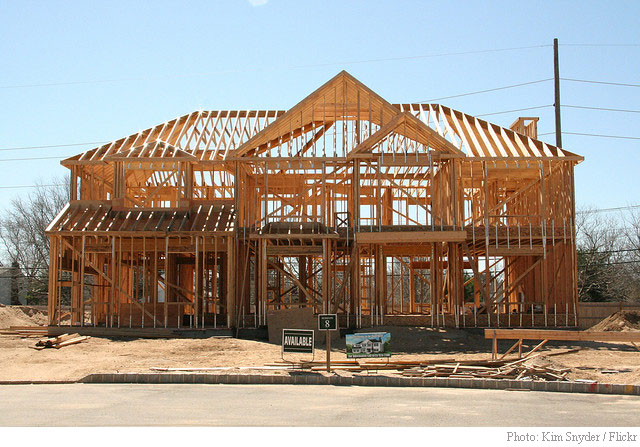U.S. mortgage rates have climbed to their highest level in four months, reaching 6.79% for the 30-year fixed-rate mortgage, according to data released by Freddie Mac. This uptick from last week’s rate of 6.72% marks a significant shift, with rates not having been this high since July 2024.
“It is clear purchase demand is very sensitive to mortgage rates in the current market environment.” said Sam Khater, Freddie Mac’s Chief Economist. “As soon as rates began to rise in early October, purchase applications fell and over the last month have declined 10 percent.”
Last year at this time, the rate was even higher at 7.50%, providing a stark contrast to today’s figures. This increase comes in the wake of Donald Trump’s recent victory in the presidential election, where his economic policies have begun to influence market dynamics.
Trump’s campaign promises included substantial tax cuts aimed at stimulating economic growth. However, these plans are also anticipated to expand budget deficits and necessitate more government borrowing.
Such fiscal maneuvers typically lead to higher yields on government securities, like the 10-year Treasury note, which directly influences mortgage rates. Post-election, the yield on the 10-year Treasury note has indeed surged to a four-month high – at last check: 4.347% – reflecting investor concerns about potential inflation.
Adding to the inflationary pressure, Trump has proposed imposing a hefty 60% tariff on Chinese goods and a universal 10% tariff on all other imports. These protectionist measures are expected to increase the cost of goods, potentially fueling inflation. The fear of rising inflation could limit the Federal Reserve’s ability to lower interest rates, as it might need to keep or raise rates to manage inflationary pressures, thereby keeping mortgage rates elevated or pushing them higher.
This scenario paints a challenging picture for prospective homebuyers, as higher mortgage rates could dampen home affordability at a time when many are already feeling the economic pinch.
The dynamics set in motion by Trump’s policy proposals could lead to not just a temporary spike but might set the stage for a sustained period of higher borrowing costs in the housing market.
- Bulenox: Get 45% to 91% OFF ... Use Discount Code: UNO
- Risk Our Money Not Yours | Get 50% to 90% OFF ... Use Discount Code: MMBVBKSM
Disclaimer: This page contains affiliate links. If you choose to make a purchase after clicking a link, we may receive a commission at no additional cost to you. Thank you for your support!





Leave a Reply